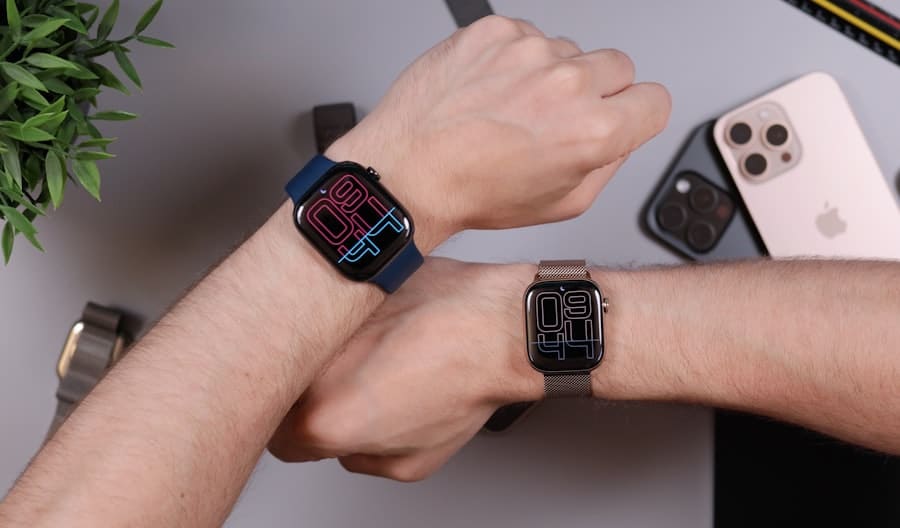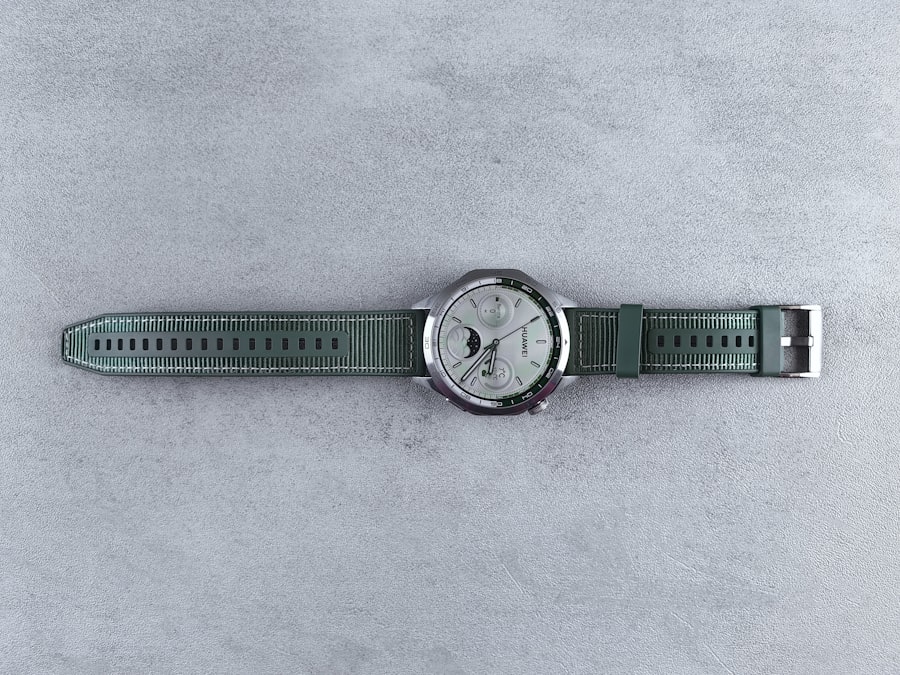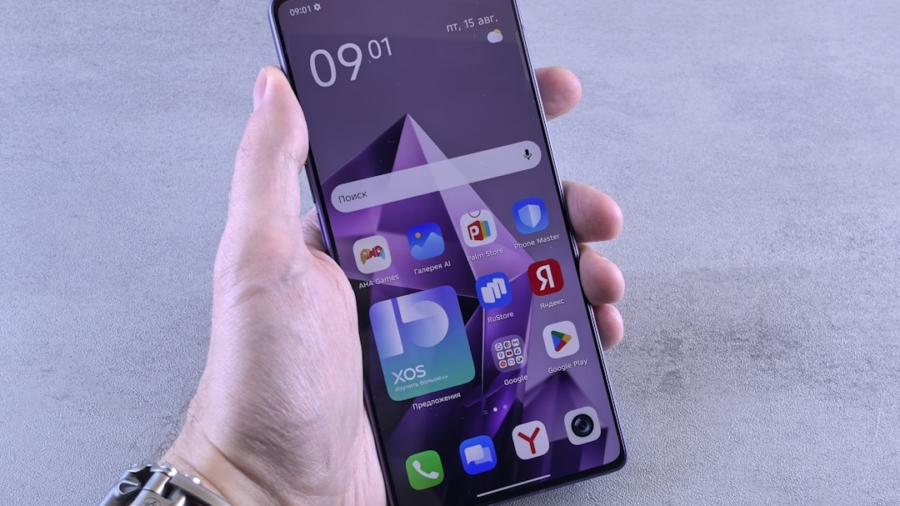The advent of technology has ushered in a new era of possibilities, particularly for the elderly population seeking to maintain their independence. Wearable devices, which encompass a range of gadgets from smartwatches to health monitors, have emerged as pivotal tools in this quest. These devices are designed not only to enhance the quality of life for seniors but also to provide peace of mind for their families and caregivers.
As the global population ages, the demand for solutions that promote autonomy while ensuring safety has never been more pressing. Wearable technology stands at the forefront of this movement, offering innovative ways to support elderly individuals in their daily lives. Wearable devices are equipped with various sensors and connectivity features that allow them to track health metrics, monitor physical activity, and even facilitate communication.
This technology is particularly beneficial for seniors who wish to live independently but may face challenges related to mobility, health issues, or cognitive decline. By integrating these devices into their daily routines, older adults can not only enhance their self-sufficiency but also engage more actively with their communities. The intersection of technology and elder care is a rapidly evolving field, and understanding the implications of wearable devices is crucial for stakeholders across healthcare, technology, and social services.
Key Takeaways
- Wearable devices can greatly improve the independence of the elderly by providing them with tools to monitor their health and safety.
- Benefits of wearable devices for the elderly include improved safety, health monitoring, and increased independence.
- Types of wearable devices for the elderly include smartwatches, GPS trackers, fall detection devices, and health monitoring devices.
- When choosing a wearable device for the elderly, it is important to consider factors such as ease of use, comfort, and the specific needs of the individual.
- Wearable devices can improve safety and security for the elderly by providing features such as fall detection, emergency alerts, and GPS tracking.
Benefits of Wearable Devices for Elderly Independence
The benefits of wearable devices for elderly independence are manifold, extending beyond mere convenience to encompass significant improvements in health management and social engagement. One of the most notable advantages is the ability to monitor vital signs continuously. Many wearable devices come equipped with heart rate monitors, blood pressure sensors, and even blood oxygen level trackers.
This real-time data can alert users and caregivers to potential health issues before they escalate into emergencies. For instance, a smartwatch that detects irregular heart rhythms can prompt immediate medical attention, potentially saving lives. Moreover, wearable devices foster a sense of security among elderly users.
Many models include features such as fall detection and emergency SOS alerts, which can automatically notify emergency services or designated contacts if a user falls or experiences a medical crisis. This capability not only provides reassurance to seniors but also alleviates the anxiety often felt by family members who worry about their loved ones living alone. The integration of GPS tracking in some devices further enhances safety by allowing caregivers to monitor the whereabouts of seniors, ensuring they remain within safe boundaries while enjoying their independence.
Types of Wearable Devices for Elderly Independence

The landscape of wearable devices tailored for elderly independence is diverse, encompassing a variety of technologies designed to meet different needs. Smartwatches are among the most popular options, offering a blend of functionality that includes health monitoring, communication capabilities, and even fitness tracking. Brands like Apple and Fitbit have developed models specifically geared toward older adults, featuring larger displays for easier readability and simplified interfaces that cater to users who may not be tech-savvy.
In addition to smartwatches, there are specialized health monitors that focus solely on tracking specific metrics. For example, devices like the Oura Ring provide insights into sleep patterns and overall wellness through advanced sensors that measure heart rate variability and body temperature. Wearable medical alert systems are another category worth mentioning; these devices often resemble simple pendants or wristbands but are equipped with emergency call features that can connect users directly to help when needed.
Each type of device serves a unique purpose, allowing seniors to choose options that best align with their lifestyle and health requirements.
Considerations for Choosing the Right Wearable Device for the Elderly
Selecting the appropriate wearable device for an elderly individual involves careful consideration of several factors. One primary aspect is usability; the device should have an intuitive interface that is easy for seniors to navigate. Features such as voice commands or large touchscreens can significantly enhance user experience, particularly for those with visual impairments or limited dexterity.
Additionally, the weight and comfort of the device are crucial; a lightweight design that can be worn comfortably throughout the day will encourage consistent use. Another important consideration is the specific health needs of the user. For instance, an elderly person with chronic heart conditions may benefit more from a device with advanced cardiac monitoring capabilities than from one focused on fitness tracking.
Furthermore, compatibility with smartphones or other devices is essential for maximizing functionality; many wearables rely on companion apps to provide detailed insights and alerts. It’s also wise to consider battery life and durability; seniors may prefer devices that require less frequent charging and can withstand daily wear and tear.
How Wearable Devices Can Improve Safety and Security for the Elderly
Wearable devices play a critical role in enhancing safety and security for elderly individuals living independently. One of the most significant features contributing to this aspect is fall detection technology. Many modern wearables are equipped with accelerometers and gyroscopes that can detect sudden movements indicative of a fall.
When such an event occurs, these devices can automatically send alerts to emergency contacts or services, ensuring timely assistance is available when needed. This feature is particularly vital for seniors who may be at risk of falls due to mobility issues or balance disorders. In addition to fall detection, GPS tracking capabilities provide an added layer of security by allowing caregivers and family members to monitor the location of their loved ones in real time.
This feature is especially beneficial for seniors with cognitive impairments such as dementia or Alzheimer’s disease, who may wander off and become disoriented. By utilizing geofencing technology, caregivers can set safe zones and receive notifications if the wearer strays beyond these boundaries. Such proactive measures not only enhance safety but also empower seniors by allowing them to explore their surroundings with greater confidence.
The Role of Wearable Devices in Monitoring Health and Wellness for the Elderly

Wearable devices have revolutionized how health and wellness are monitored among the elderly population. These gadgets provide continuous tracking of vital signs such as heart rate, blood pressure, and even glucose levels in some advanced models. This constant monitoring allows users and healthcare providers to identify trends over time, facilitating early intervention when necessary.
For example, a senior with hypertension can benefit from a wearable that alerts them when their blood pressure readings exceed safe levels, prompting them to take action or consult their physician.
Activity trackers can motivate seniors to engage in regular exercise by setting daily step goals or reminding them to move after prolonged periods of inactivity.
This encouragement is crucial as physical activity has been shown to improve not only physical health but also mental well-being among older adults. Additionally, some devices provide insights into sleep quality, helping users understand their sleep patterns and make adjustments that can lead to better rest—a vital component of overall health.
Challenges and Limitations of Wearable Devices for the Elderly
Despite the numerous advantages offered by wearable devices for elderly independence, several challenges and limitations persist that must be addressed. One significant hurdle is technological literacy; many seniors may struggle with understanding how to operate these devices effectively. The complexity of some interfaces can be daunting for individuals who did not grow up with technology or who have cognitive impairments.
This barrier can lead to frustration and ultimately discourage usage, negating the potential benefits these devices offer. Another challenge lies in the accuracy and reliability of data collected by wearable devices. While many products boast advanced sensors capable of providing precise measurements, discrepancies can occur due to factors such as improper fit or environmental conditions.
For instance, a heart rate monitor may yield inaccurate readings if it is not worn correctly or if the user has certain skin conditions affecting sensor contact. Additionally, privacy concerns regarding data security are paramount; seniors must be assured that their personal health information is protected from unauthorized access or breaches.
Future Trends and Innovations in Wearable Devices for Elderly Independence
The future of wearable devices for elderly independence is poised for exciting advancements driven by ongoing research and technological innovation. One emerging trend is the integration of artificial intelligence (AI) into wearable technology. AI algorithms can analyze vast amounts of data collected from wearables to provide personalized health insights and recommendations tailored specifically to individual users’ needs.
This capability could lead to more proactive health management strategies that empower seniors to take charge of their well-being. Furthermore, advancements in materials science may lead to more comfortable and aesthetically pleasing designs that appeal to older adults. Wearables could evolve into fashionable accessories rather than merely functional gadgets, encouraging greater adoption among seniors who may be reluctant to wear traditional medical devices.
Additionally, as telehealth continues to gain traction, wearables will likely play an integral role in remote patient monitoring, allowing healthcare providers to track patients’ health metrics in real time without requiring frequent office visits. As technology continues to evolve, it is essential that developers prioritize user-friendly designs while addressing privacy concerns surrounding data security. By focusing on these areas, wearable devices can become indispensable tools in promoting independence and enhancing the quality of life for elderly individuals around the world.
In the quest to enhance elderly independence through wearable devices, it’s essential to consider the broader technological landscape and how it influences various sectors. An interesting related article is Top Trends on LinkedIn 2023, which explores the latest technological advancements and trends. Understanding these trends can provide valuable insights into how wearable technology for the elderly can be integrated with other emerging technologies, fostering a more connected and supportive environment for seniors.
FAQs
What are wearable devices for elderly independence?
Wearable devices for elderly independence are electronic devices that can be worn on the body and are designed to help seniors maintain their independence and safety. These devices can monitor health metrics, provide emergency assistance, and offer reminders for medication and appointments.
What are the benefits of wearable devices for elderly independence?
Wearable devices for elderly independence can provide peace of mind for both seniors and their caregivers. They can help seniors stay connected, monitor their health, and receive assistance in case of emergencies. These devices can also promote independence and allow seniors to age in place.
What types of wearable devices are available for elderly independence?
There are various types of wearable devices for elderly independence, including smartwatches, fitness trackers, medical alert systems, and GPS tracking devices. These devices can monitor vital signs, detect falls, provide medication reminders, and offer location tracking.
How do wearable devices for elderly independence work?
Wearable devices for elderly independence use sensors, GPS technology, and wireless connectivity to monitor and track various aspects of a senior’s health and well-being. They can send alerts to caregivers or emergency services when necessary and provide valuable data for healthcare professionals.
What should be considered when choosing a wearable device for elderly independence?
When choosing a wearable device for elderly independence, it’s important to consider the senior’s specific needs and preferences. Factors to consider include ease of use, comfort, battery life, connectivity, and the range of features offered by the device. It’s also important to consider the level of support and monitoring provided by the device’s manufacturer or service provider.

